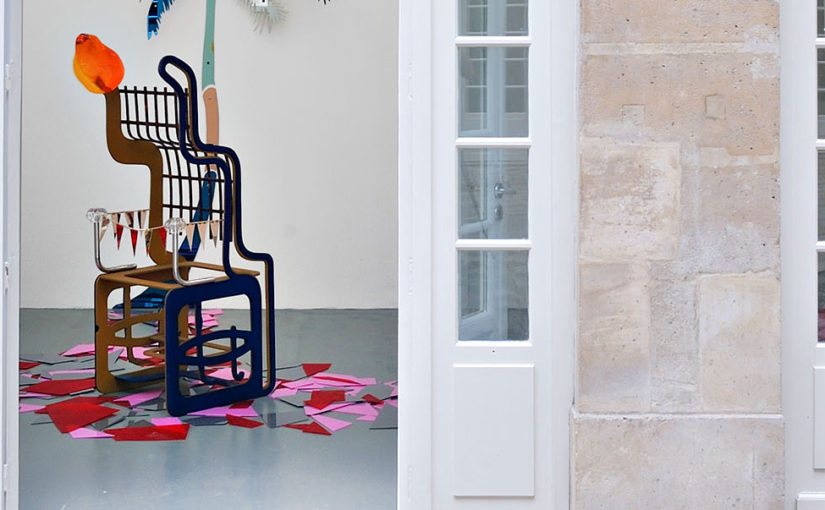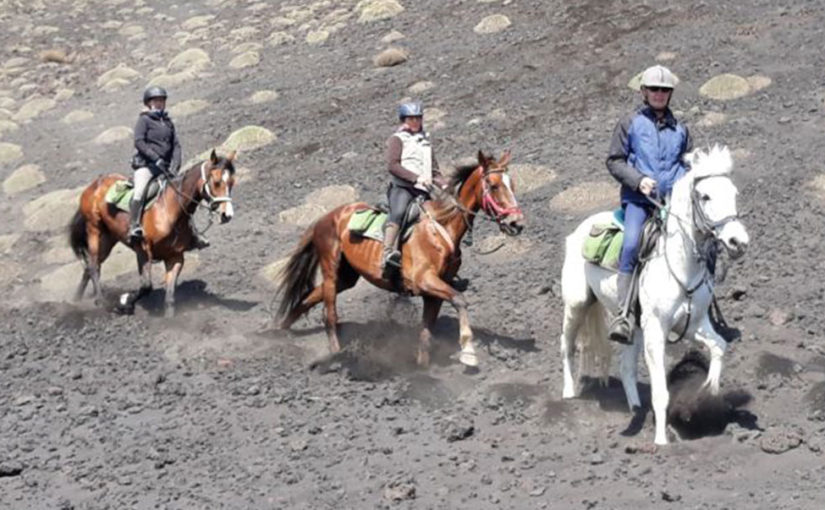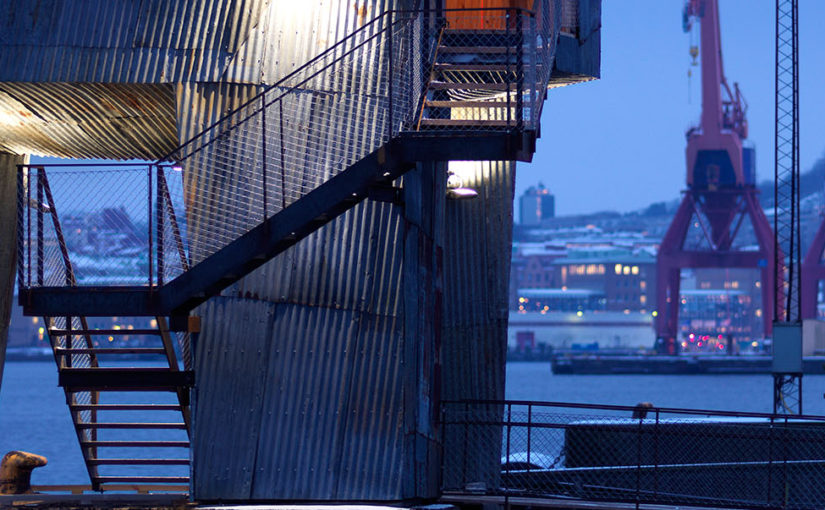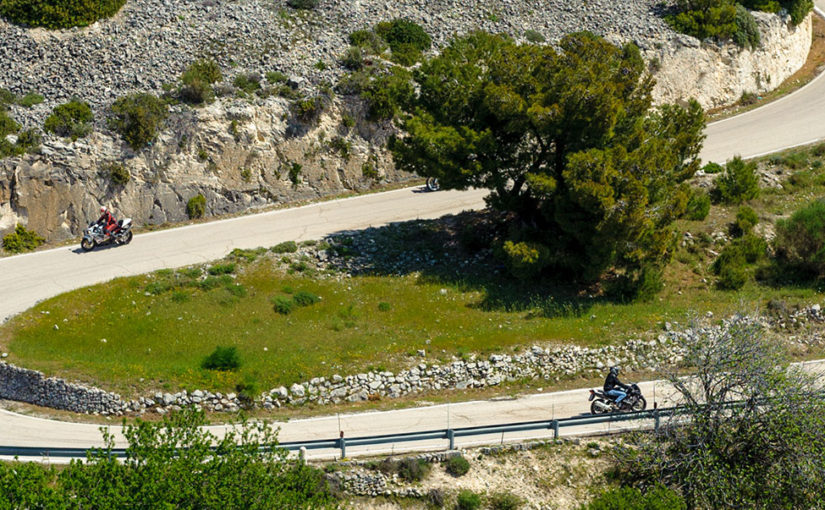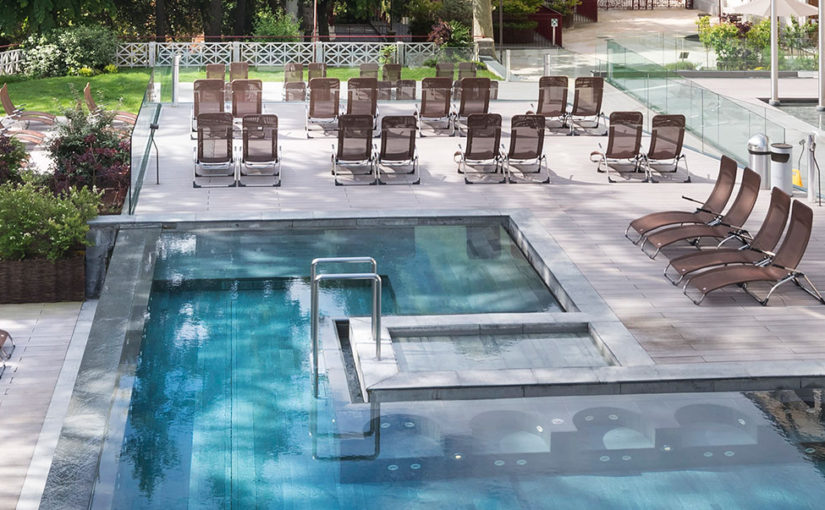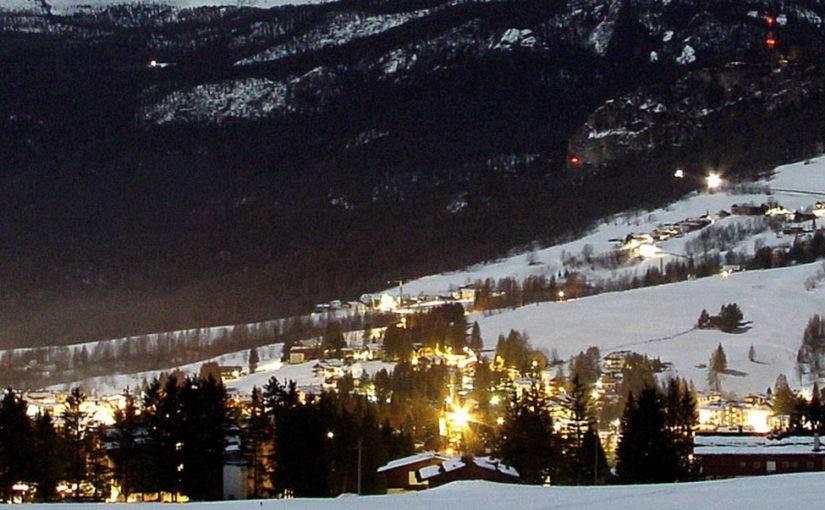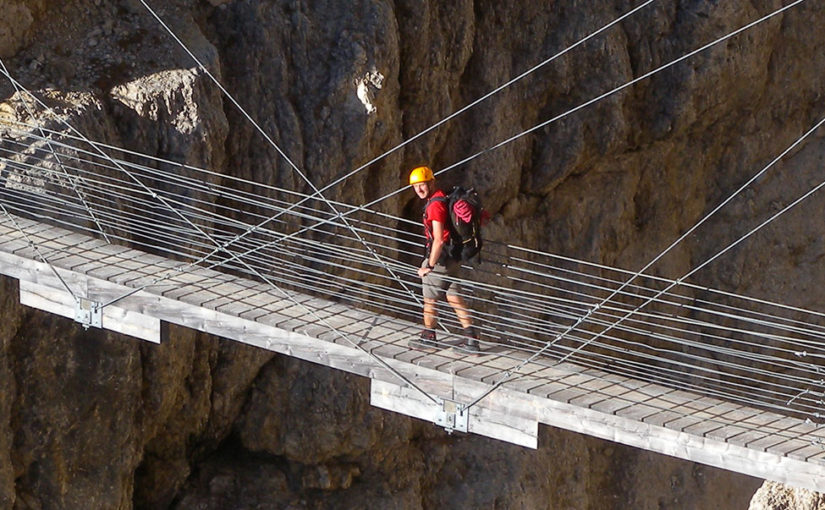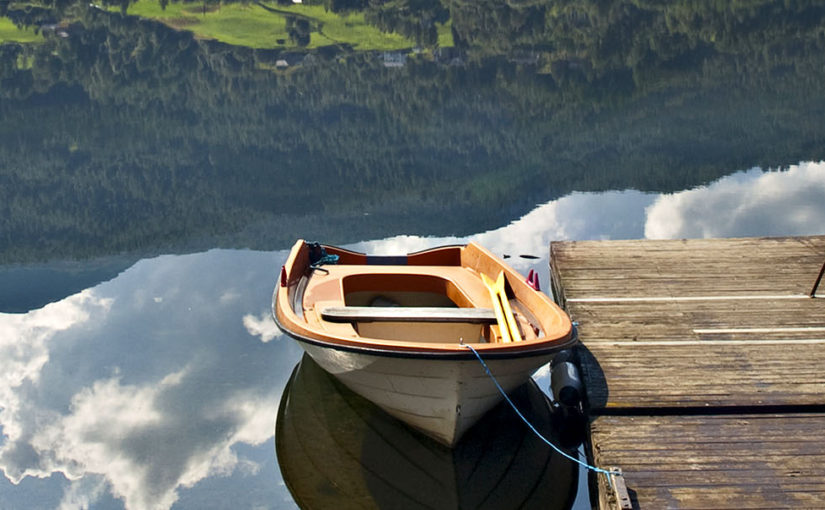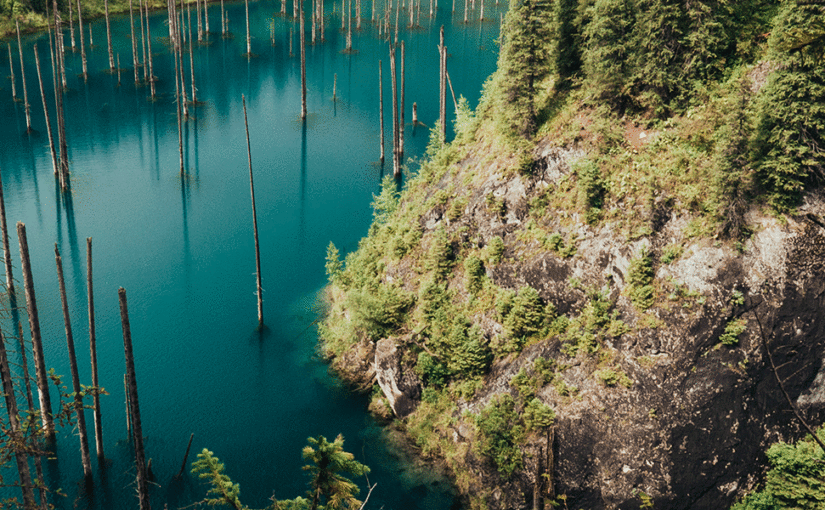Located in the famed neighborhood of Marais amongst the beautiful historical buildings, an art education awaits. Wander the works at Galerie Mitterrand, promoting sculptures and pieces from artists inspired by the Nouveau Realism movement. The gallery has held successful exhibitions in France and abroad and now focus on delivering art from artists such as Keith Sonnier, Fred Wilson, Peter Kogler and Laurie Simmons.
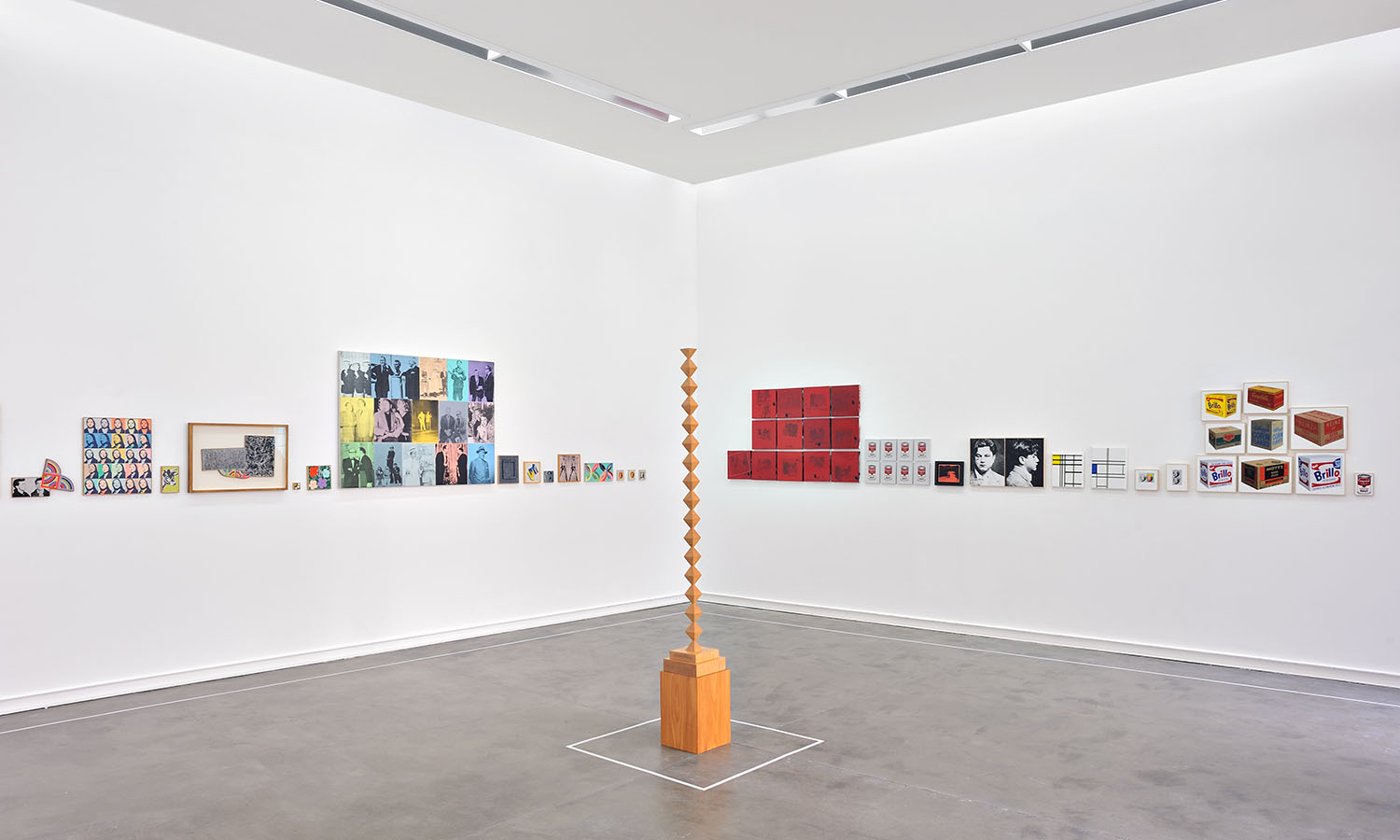

region: Europe
Sicily on horseback
Scattered across the Sicilian landscape, from Nebrodi and Madonie, to Palermo, Mount Etna and Alcantara, are herds of native Sicilian horses and Sanfratellano wild horses galloping through the wild.
So, what better way to explore the hidden corners of Sicily’s natural setting than on horseback. There are plenty of schools and companies that offer riding tours from mountains to the sea, including those that also offer dressage, endurance and vaulting.
With Sicily Horse Tours, you can trot your way around Sicily and Madonie Natural Park on hour-long excursions to two- or six-day treks. Starting in Madonie, your meeting point will be a twenty-room farm house (Tenuta Luogo Marchese) or the five-star Abbazia Santa Anastasia surrounded by a Relais winery.
Lead by experienced guides, you can explore Castelbuono, Gorges of Tiberius, Zurrica, and many more on one to eight hour rides, or trek the Madonie mountains over two days, or take on a six day tour from Cefalu to Corleone or Etna, or coast to coast.
HOT FIVE: The Sauna in Frihamnen
At Frihamnen port in Gothenburg, a corrugated, strangely shaped structure stands at the end of a bridge, its reflection wavering in the waters below. Inside this weathered, metallic building is a small piece of luxury that adds a softer side to Scandinavia’s largest port. Recycled materials feature in the design, with timber lining the walls and 12,000 bottles surrounding the changing rooms to create glass-like lighting. Stewing in the steamy interiors offers views past cranes and shipping containers and out across the harbour, which is undergoing a redevelopment due to be completed in 2021. The experience is free, and when you’re well toasted and lobster-red, there’s a chlorine-free pool nearby with enticingly cool waters.
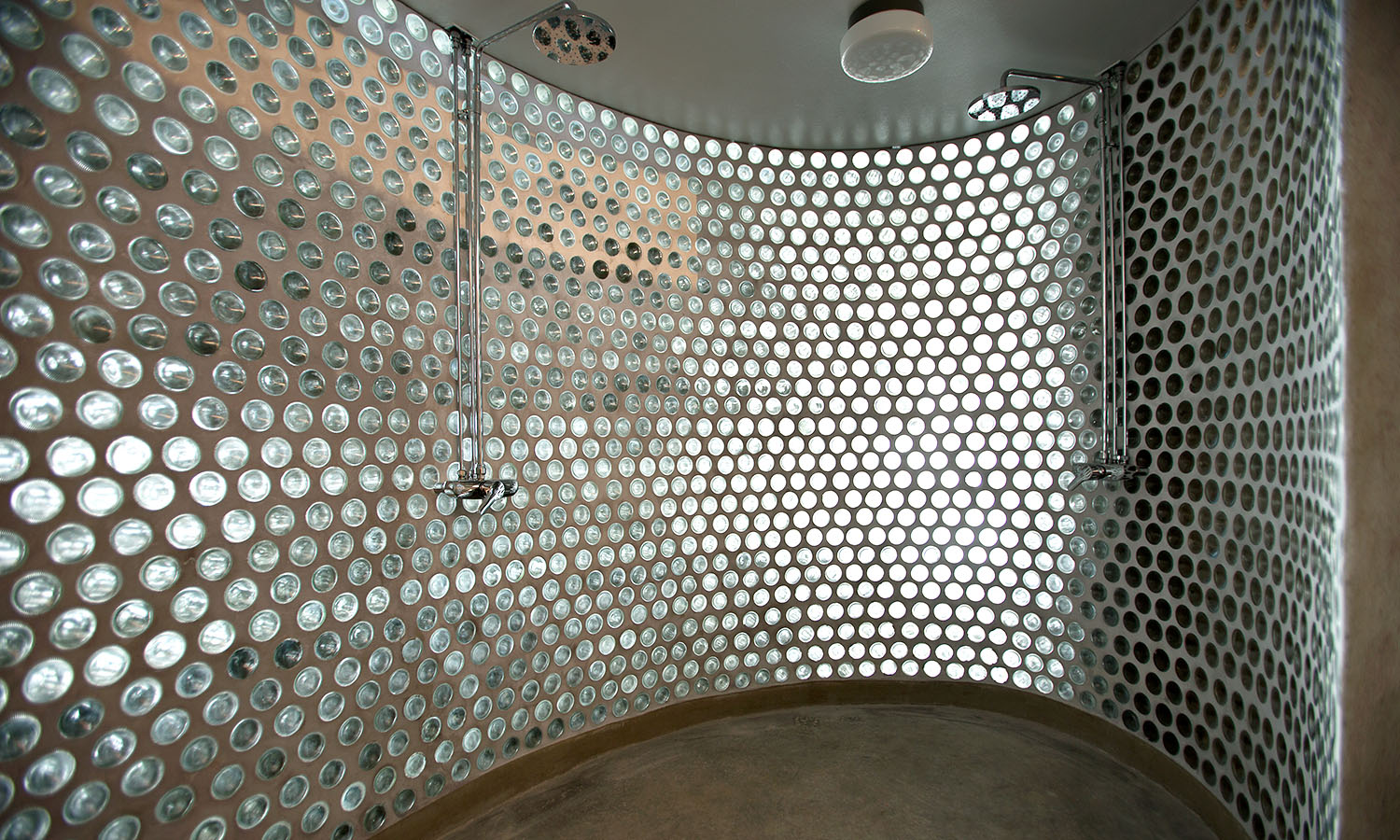

Two-wheeling through Puglia
It’s a classic Italian fantasy, isn’t it? To ride off into the sunset on a motorcycle, nothing but the empty road ahead and a burning desire for adventure?
Well, now those wistful dreams can become reality – kind of. Rental company Stev Rent offer both guided motorcycle tours of Puglia, or, for the more free spirited, bikes for personal hire. Whether you’ve got a guide accompanying you, or you’re riding solo, the ancient streets of Puglia and incredible surrounding scenery make for a pretty epic touring route.
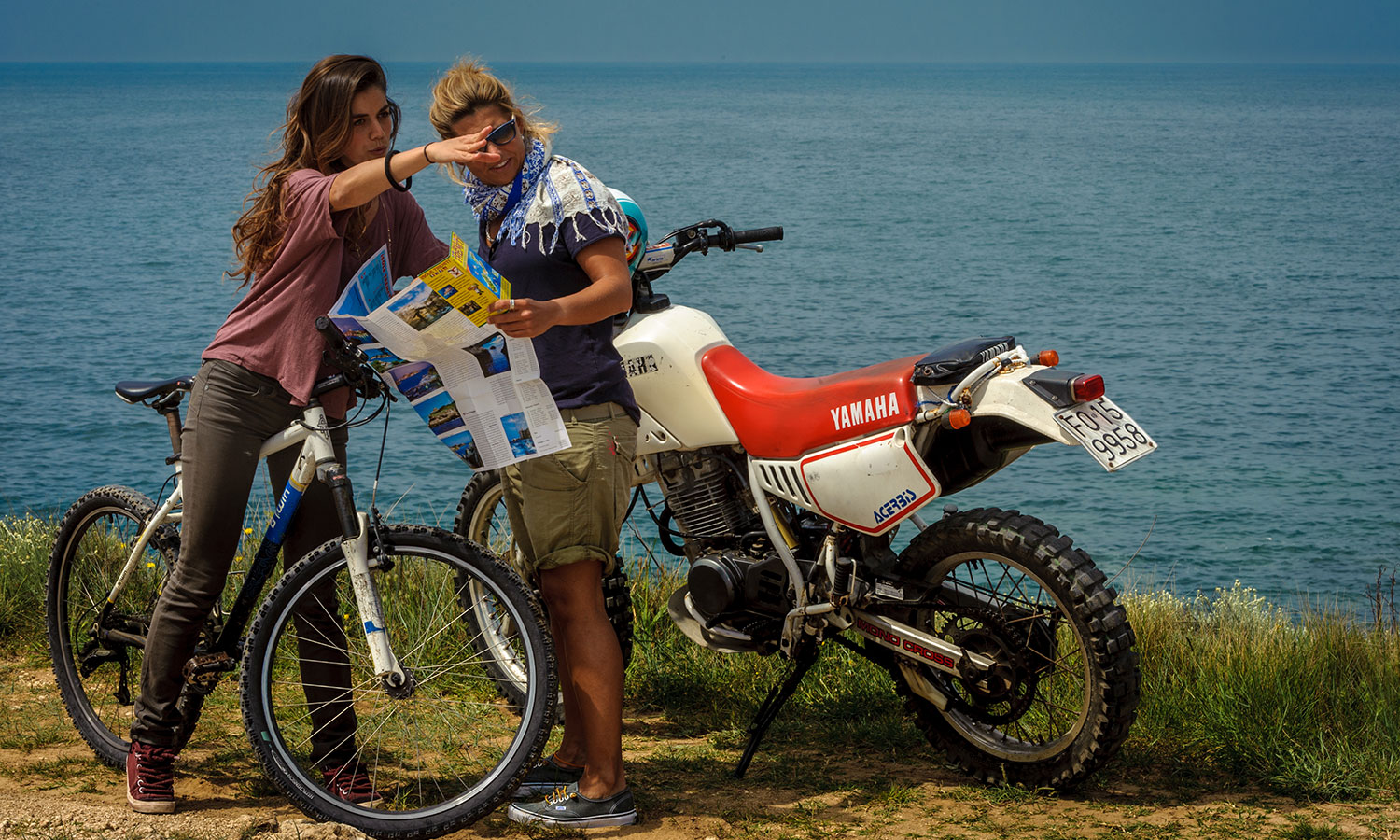

With all guided tours starting in Bari, the itineraries vary, and you can choose to head into the mountainous township of Matera (also known as the ‘city of 44 churches’), journey along the sun-kissed coast towards Torre Canne then inland to Alberobello or cruise to Torre Castiglione, one of the most beautiful beaches on the Salento peninsula. Whichever tour you choose though, know that eye-watering views, quaint towns and bucketloads of history are pretty much guaranteed.
The motorcycles for hire include all the go-to brands: BMW, Ducati, Harley Davidson, Honda plus many more, so there’s bound to be a bike that suits your needs and experience levels.
Aperiterme in Milan
If you thought treating yourself to a spa day was the ultimate indulgence, think again. At QC Termemilano, the wellness team have come up with a special way to finish off your day of rest, relaxation and rejuvenation: happy hour.
After all, this wouldn’t be a truly Italian experience if there wasn’t an opportunity to have a little sparkling wine and cheese after your facial, would it?
Located in the heart of Milan in a stunning Liberty-style villa, QC Termemilano is a luxurious health and wellness centre catering for those who need a little pampering after a big day of sightseeing. In addition to an array of massages, facials, scrubs and mud treatments that QC Termemilano offer, the centre is also home to a salt room, steam bath, chromotherapy pool, nebulising shower and a bio-sauna built inside a historical tram. Wow, talk about options!
And once you’ve recharged your batteries and found your zen, there’s only one thing left to do – refuel! Inspired by the belief that your appetite needs to be fulfilled as much as your spirit, Aperiterme takes place every evening from 7pm. An overflowing buffet overlooking the lush gardens awaits patrons, with everything from fresh fruit and vegetables to cold meats and cheese on the menu. All washed down with a glass or two of bubbles, of course.
If that doesn’t leave you feeling satisfied – of mind, body and spirit – we don’t know what will!
HOT FIVE: A Golden Experience
Willy Wonka, eat your heart out. This is your golden ticket to an art-meets-spa experience. Glimmering in Sweden’s northernmost town, this gold-plated, egg-shaped public sauna is more than just an experience for travellers; it also acts as a meeting place for locals. Designed by Swedish artists Mats Bigert and Lars Bergström, the Solar Egg was gifted to the town of Kiruna after it was announced the entire city district is to be relocated because of crumbling foundations following decades of mining for iron ore. A heart-shaped wood stove heats the aspen and pine interiors to between 75 and 85°C, while solar panels incorporated into the geometric design offer eco-friendly lighting. The eight-person egg isn’t immobile either – it travels around Europe. Follow @riksbyggen to keep track of this wandering egg.
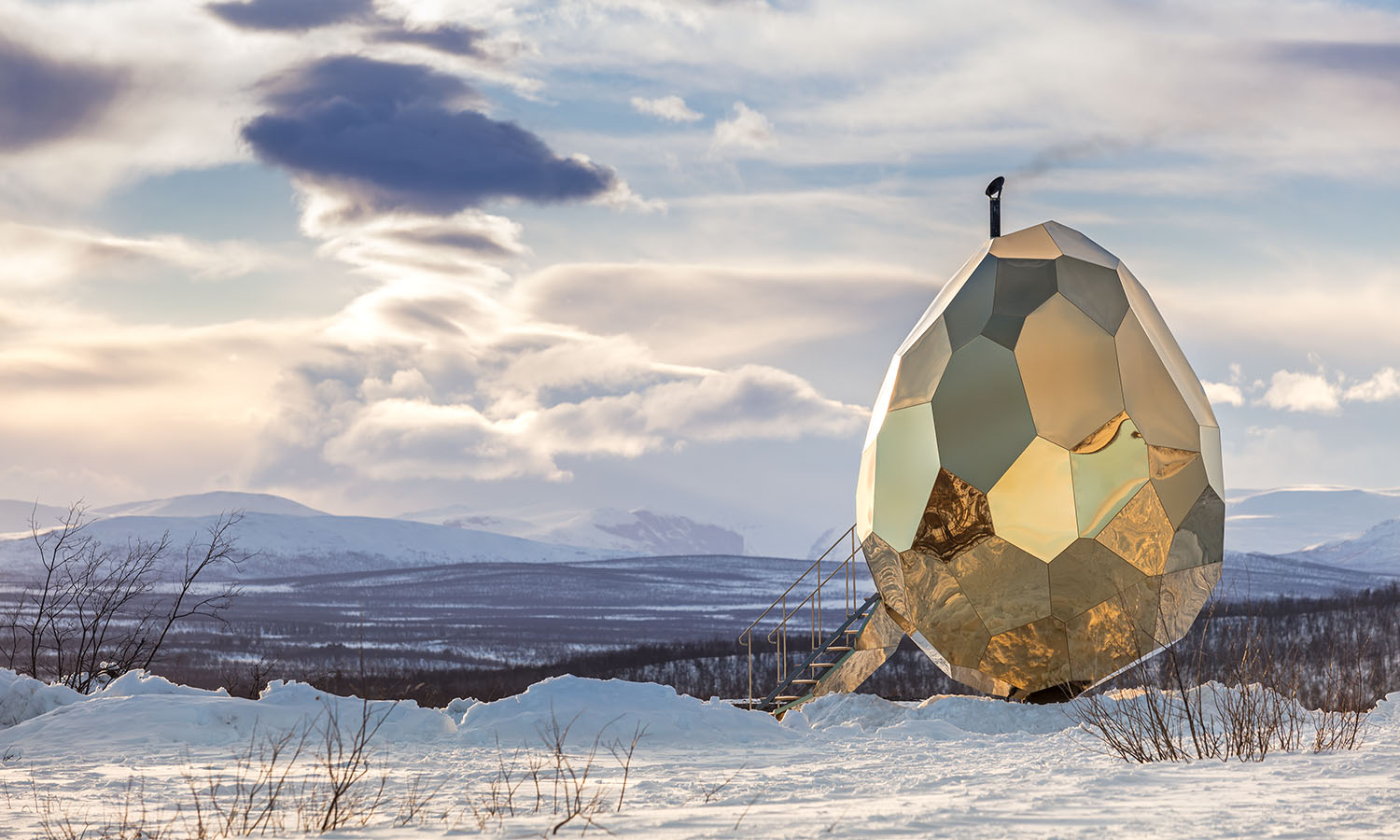

Skiing under the stars
The arrival of darkness on a ski field often signals a move off the slopes and into the bar for a well-deserved drink. On the mountains of Veneto though, they do things a bit differently, and when night falls the lights come on and it’s straight back on the ski lift.
The Ski Civetta district, which encompasses the valleys of Alleghe, Selva de Cadore, and Val di Zoldo, is known as a night skiing hotspot. And at the Zoldo Alto resort there’s five kilometres of snow-covered pistes to get your skis stuck into. The Foppe and Cristelin slopes are your go-to night routes, and thanks to one of the largest lighting systems in Europe, visibility is guaranteed. There’s even heated ski lifts, which is enough to get us out into the chill of darkness!
The ski resort of Alpe del Nevegal is also a popular destination, with the Coco Bassa route illuminated for night-time skiing. It’s a great slope for both beginners and experts, and the snow making machine ensures ski conditions are ideal, even if the weather hasn’t been as kind.
Even if you’re a seasoned pro out on the slopes, nothing can quite prepare you for your first floodlit ski sesh – it’s a quiet, mystical, even romantic experience, and as far as places to night ski go, the mountains of Veneto are hard to beat.
A Mountain of Sports in Veneto
Lovers of the great outdoors and extreme sports rejoice, the mountains of Veneto, in Italy, are an action-packed playground just waiting to be explored.
Comprising the Italian Prealps, the Dolomites (a UNESCO World Heritage Site), Mount Baldo and Lessinia mountains of Verona, the famous peaks of Asiago and the Fiorentini and Cansiglio plateaus, it’s a region well-placed to host an adrenaline-pumping array of activities. And trust us, there’s something for everyone high up on these hills.
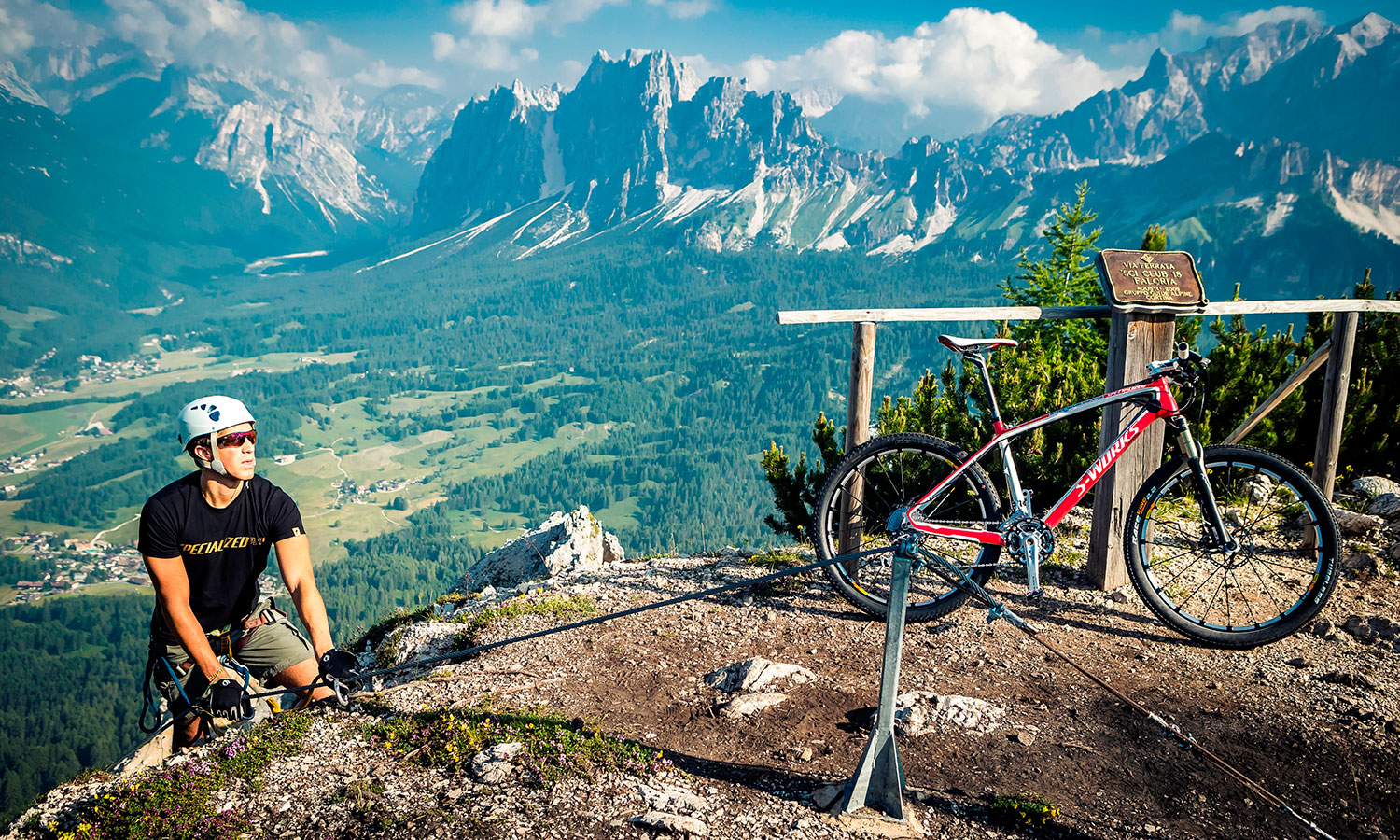

Perhaps the most popular method of traversing the many tracks that zigzag across the mountain ranges is walking or hiking. It’s the best way to really take in the beauty of Veneto, and you’ll have to stop yourself from stalling at every lookout for a happy snap, that’s how good the views are. There are a number of routes to follow, with many crossing fertile woods and rocky outcrops, past mountain lakes and up steep valleys.
Rock climbing is another option, with the cliffs and rock faces of Veneto ideal for climbing enthusiasts. An assortment of trails of varying difficulty means there’s something for beginners right through to hardened professionals, and if you want to be pushed to the limits, this is definitely the place to do so. The mountain bike trails will do that to you as well, and the tracks are up there with some of the best Italy has to offer.
But does anything really beat soaring through the sky? The mountains of Veneto are home to a few specialised paragliding and hang gliding schools, so if the idea of a bird’s eye view of the forests, gorges, and undulating ranges appeals to you, this is the place to take flight.
Norway Discovery Route
Starting in the Norwegian west capital of Bergen, you’ll embark on a scenic train journey to the famous little town of Voss, where couple of days of adventure awaits. From here, you’ll have the opportunity to hike for spectacular views of Vangsvantnet lake or white water raft the Stranda or Raundal rivers.
At the very end of the Hardagerfjord is Odda, where you’ll arrive by coach while marveling at the Hardangervidda National Park, fill with waterfalls and wildlife. For the intrepid traveller, conquer the tip of Trolltunga rock, before heading to the next stop on the trip: Stavanger.
In this old oil town, you’ll have a range of activities to choose from. Hike the Preikestolen Pulpit Rock or Kjerag Rock, or cruise through Lysefjord.
The views will be worth the sweat.
Day seven might be the last day of your trip, but a scenic ferry ride along Norway’s west coast back to Burgen will be a heart-stopping scenic end to your Norway Discovery.


Fascinating Forests
From the haunted and ancient, to the underwater and spikey, these fascinating landscapes will redefine your idea of a forest.
 (
(
